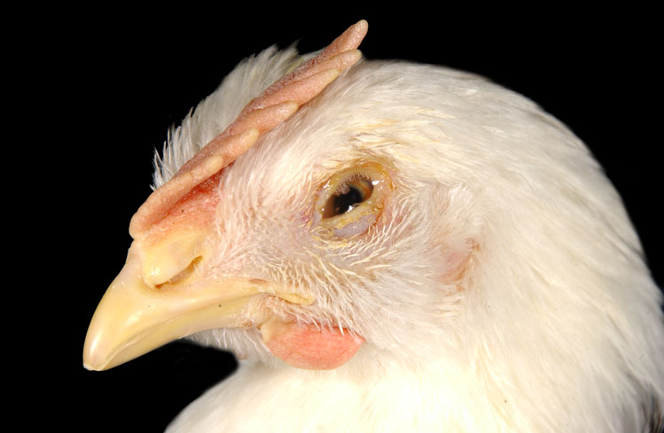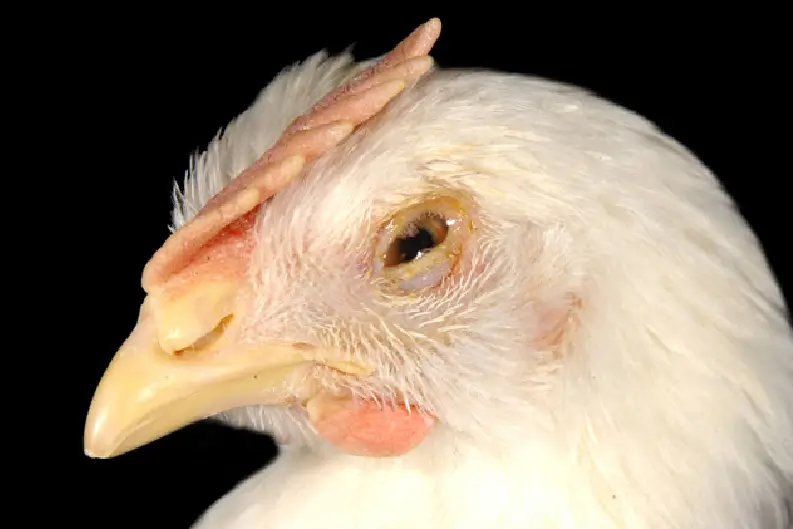By Aline Pereira, M.Sc., DVM,
Monogastric Nutritionist
Grand Valley Fortifiers
To ensure that chickens provide quality eggs and meat for consumers and are also profitable for farmers, it is essential that they are healthy. One contributor to overall health is minimal exposure to high levels of ammonia. Therefore, it is important to understand the implications of ammonia on poultry health.
Ammonia is a colourless gas that is formed from the microbial decomposition of uric acid eliminated by birds and irritates the mucous membranes. Birds’ tracheas (windpipe) are covered with a thin layer of cilia that act as a barrier against the entry of foreign particles, such as viruses and bacteria. These cilia also help move inhaled particles back to the beak, allowing them to be swallowed and digested or eliminated. However, when the concentration of ammonia reaches 25 ppm – a level imperceptible to the human sense of smell – some of these cilia are paralyzed, preventing the removal of materials from the trachea. When the concentration of ammonia reaches 50 ppm – a level slightly perceptible to the human sense of smell – these cilia are destroyed, leaving the birds vulnerable to a range of respiratory diseases. This includes conditions such as Infectious Bronchitis, as well as other illnesses resulting from the penetration of E. coli bacteria into the respiratory tract, such as aerosaculitis, pneumonia, pleuropneumonia, and pericarditis. In addition, at this level of ammonia, there is an increased risk of secondary infections after vaccination. If the concentration of ammonia in the environment reaches 100 ppm, there is a reduction in the rate of respiration, impairing the physiological processes, like energy metabolism. Continued exposure to 60 – 200 ppm ammonia levels over five weeks can cause conjunctivitis. This disease can be identified with birds moving to darker corners of the barn, eyelids can be swollen and almost closed, eyes will show signs of rubbing, and also a gray cloudy-looking eye (cornea) can be observed.

Swollen eyelids in a chicken with conjunctivitis
Source: Cornell University
Although the presence of ammonia in the barn is unavoidable, it is possible to control its levels through litter management, adequate ventilation, and adequate bird density. Adding natural zeolites (clinoptiloite) to the litter helps to retain water and adsorb ammonia from the litter. From a nutritional point of view, the use of mycotoxin inhibitor products in feed, as well as feed additives that improve gut health, are complementary tools for litter and ventilation management. In addition, reducing protein in a diet supplemented with synthetic amino acids is also an auxiliary nutritional strategy.
The combination of a well-balanced diet, litter management, and ventilation is the best strategy for preventing high levels of ammonia in the barn. Always remember that prevention is the best option and the team at Grand Valley Fortifiers are available to help with any aspect of production or nutrition.
This article was written for the Spring 2024 Central & Atlantic Poultry Grist. To read the whole Poultry Grist, click the button below.

